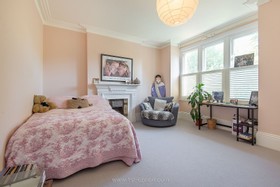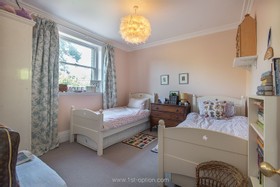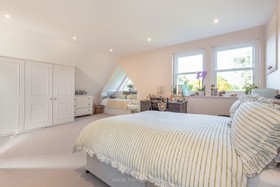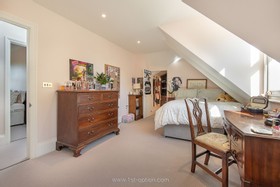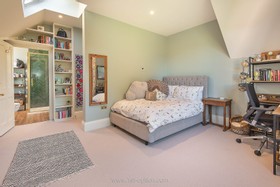Carpet seems to be a domestic feature that doesn’t get thought about a lot in terms of its purpose and origins.
Sheep wool and goat hair were the original fibres used to make the very first carpet/ rugs. As early as between 2,000 and 3,000 B.C , these rugs are believed to have originated somewhere in the Middle East. The Pazyryk carpet, dating back to the 5th century, is the oldest known carpet and was pulled from a Scythian Prince’s tomb in Pazyryk Valley of Siberia. This same tomb was robbed and left open, leaving the carpet out in the open and allowing it to be frozen, preserving itself until it was discovered by a Russian archaeologist.
These rugs gained popularity across communities in different parts of the world, including in the West. In Philadelphia, USA, the first carpet mill was formed in 1791. This would be the same mill to make a carpet for President Washington’s residence.
The power loom was invented in 1839, by Erastus Bigelow, reshaping the carpet industry by doubling production rates during the first year of its creation. This number would then triple by 1850. 1877 would see the first broadloom carpet.
Around the turn of the 1900s , a young woman called Catherine Evans Whitener recreated a bedspread in a hand-crafted pattern, initially intended as a wedding gift. These got a lot of attention and demand increased, creating jobs for people to help her cater to these demands and, of course, charging customers a fair cost.
As you can tell, carpets have had a long time to develop and evolve. Even though hard flooring is quite common in households, carpeted floors continue to appear throughout homes and commercial spaces alike, for example in offices or luxury retail spaces.
Although carpet can have its downfalls, including that it requires a lot of effort to clean and maintain, it can also give a space the visual and physical texture that completes it. Carpets can also be used as extra insulation in rooms, ensuring a cosy and comfortable finish to a space.
Right now, technology is driving carpet trends. Carpet manufacturers are using these technologies to maintain the beauty and operational properties of this flooring option to make sure it’s viable, as its advantages are definitely in demand.
The careful consideration of the construction of carpets has become increasingly significant - the performance tends to be valued over the way it looks (although aesthetics can’t be completely dismissed). After all, carpets tend to be used every day in common and private spaces. They’re always to be felt by someone or something, adding to the ambience of rooms and proving their obvious importance.
Some properties that modern carpet manufacturing can offer include fade and stain resistance, antiviral and antimicrobial properties and fibres that require less maintenance overall.
Carpets can be particularly useful in areas like children’s bedrooms and playrooms, providing a soft and plush base for safe play. You can also find them in other bedrooms, living rooms, snugs and open-plan kitchen/ living areas.
At 1st Option, a range of our properties have carpeted spaces which are particularly suitable for children’s and homeware and interior shoots. Take a look at Lion’s beautiful living room carpet if you’re looking for something dark and cosy.
For pastel tones, Westover Retro features a gorgeous plush green carpet in its bathroom, coordinating with its lime units and fixtures. Lion’smaster bedroom also features a pastel blue floor, bringing life to a minimalistic space and making sure it stands out from the other rooms.
White, cream and beige carpets can be found at Pine Hill, Teal, Stag and Gwendol.





















































































































































































































































































































































































































































